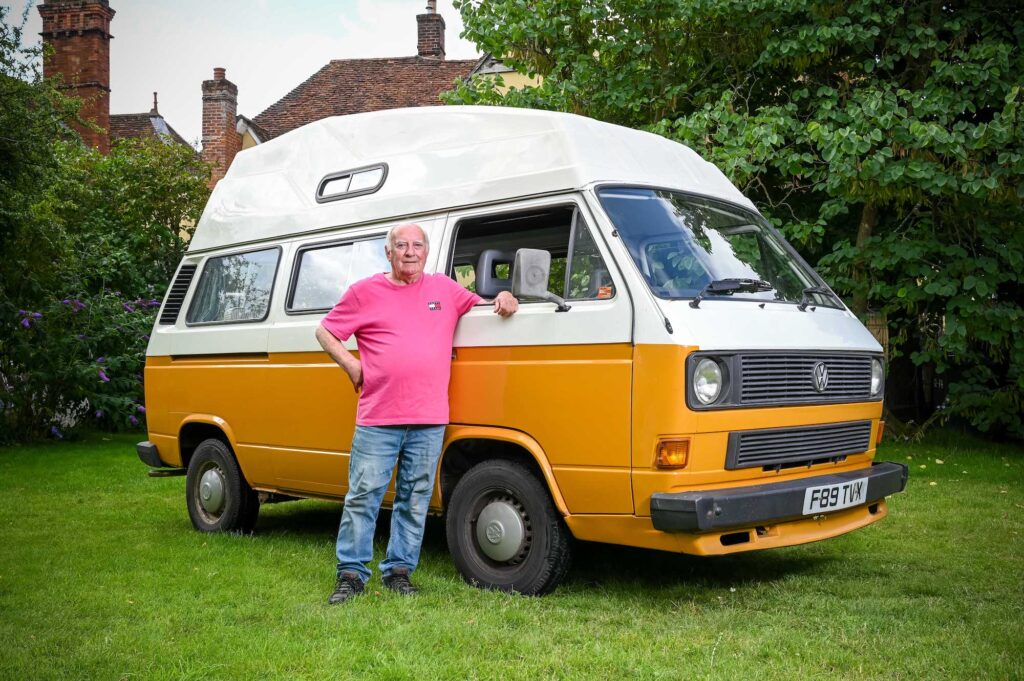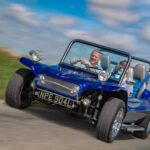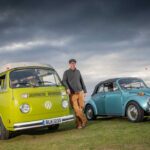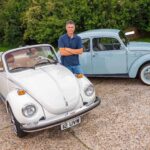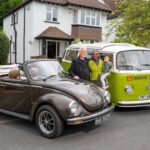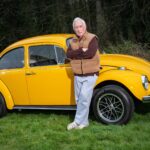Way back in 1972, roving travel photographer Robert Estall decided there was no better vehicle for his chosen profession than a Volkswagen camper.
Not only would it transport him all over the UK and Europe, but he could wait it out in comfort for the perfect light for his shot, and sleep in it if necessary.
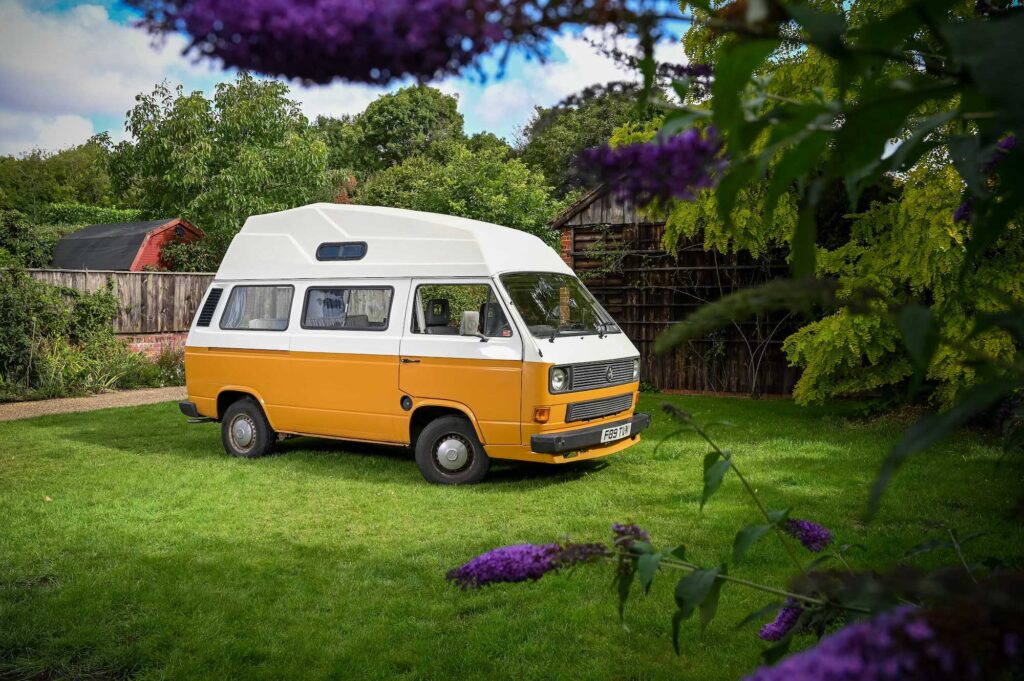
“The kind of photography I do involves quite a lot of waiting around for the light to get better, and if you’ve got a vehicle like that – even if you’re not sleeping in it – you can make yourself at home,” he says.
“You can think ‘right, there’s a storm on at the moment, but if I stay here the lighting will get better as the day goes on’, so it’s really a means of making yourself comfortable.”
In two campers, both bought brand new, over five decades, Robert has made himself comfortable from Austria to Spain and the south of France, and from the Isle of Skye to Cornwall in the UK.
Go-anywhere photography base
His ‘89 Volkswagen T3 camper (sold as the T25 in the UK) even has a reinforced photography platform on the roof to help him find the right angle for the perfect shot.
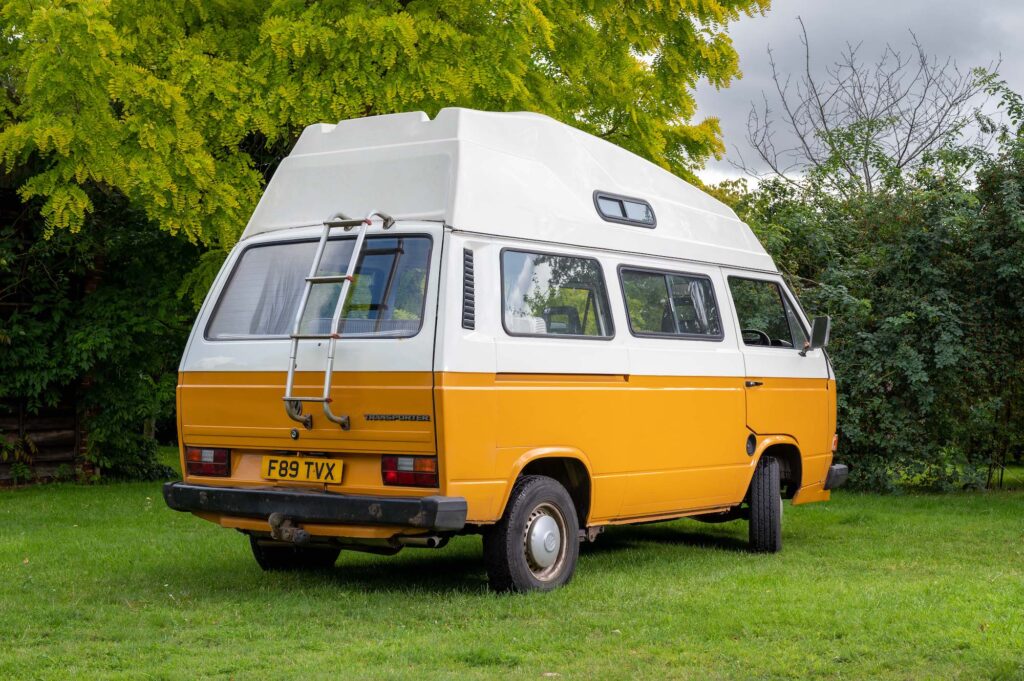
Originally from Kingston, on the banks of Lake Ontario in Canada, Robert came to England as a young man when his father undertook a sabbatical to Oxford.
“I wasn’t doing terrifically well as an architect student in Canada and my dad said ‘you might as well come over and join us’, so I went to art school here and did reasonably well at photography,” he says at his home in Suffolk.
“I did go back to Canada for a while before wandering down to New Zealand and Australia for a couple of years, which got some of the wanderlust out of my system.
“Then I wound up back here in the mid ‘60s, and had a crack at prying my way into photography as a profession, which ain’t easy.”
Recognising that his career would mean plenty of road trips from his base in Putney, Robert bought a new bay window minibus in 1972, removing the rear seats and rigging up a sleeping area.
“Because it was made as a minibus it had proper windows, proper headlining, and heating in the rear,” he says, “and I created a kind of one-off conversion myself with a hammer and saw.
“I had a job lined up fairly soon after I’d bought it, working for a publisher called George Rainbird, which took me all over Britain.
“It didn’t pay terribly well, but I was being paid to go from one end of the land to the other, which was something I wanted to do, so photography became part of my getting to know the UK.
“I was photographing sites for a book called Haunted Britain, with lots of sites where there were perhaps ghosts or other mysteries.”
Britain by camper van
The assignment took him from the Scottish islands to Cornwall, Kent and East Anglia, with the VW camper his conveyance around the UK.
“I didn’t quite live in it, because I never had proper washing facilities, so you get a bit grubby after a few days,” he says, “and I’d sort myself out with a bed and breakfast or a cheap hotel and clean myself up a bit.
“I also discovered early on that cooking inside these things is a mug’s game – the place is gonna stink. Brewing tea or coffee, that’s fine, but actual cooking inside is not a clever idea. I don’t think it really works in that small a space.
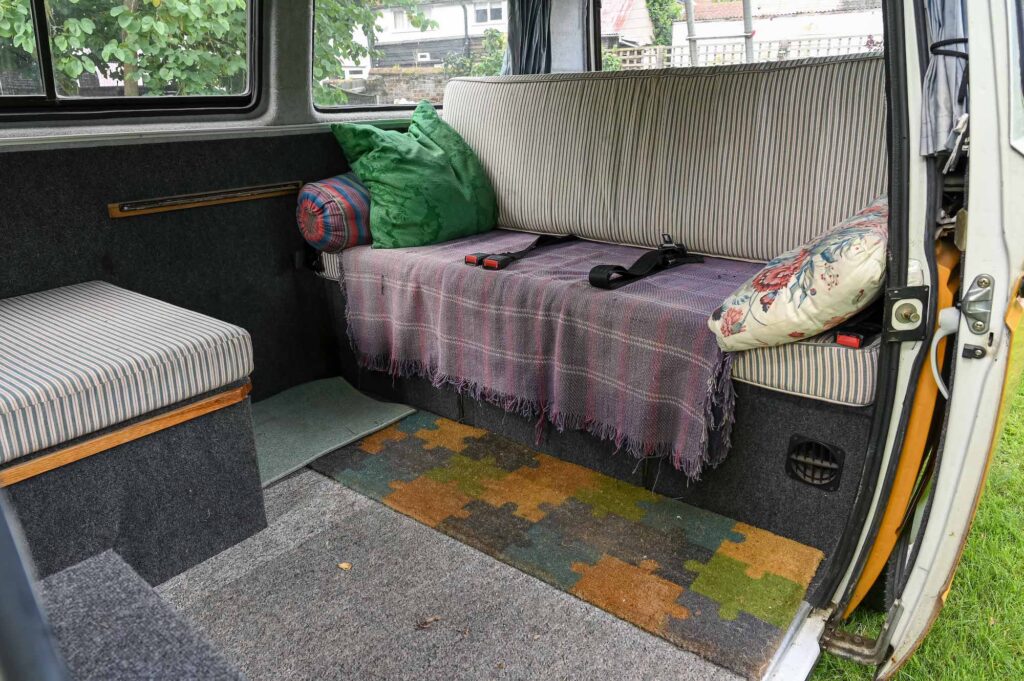
“But the convenience of staying in the van sometimes was that I had a fair amount of camera equipment with me, and it was secure.”
Robert made his way into the UK photography industry “bit by bit”, and landed some work with Clarksons Travel, the pioneering British package tour company of the ‘60s and early ‘70s.
“I wandered around photographing their facilities all over the Med,” he says. “It was fine, but everybody else was on holiday and I wasn’t…”
Volkswagen busman’s holidays
He would also use the Volkswagen for busman’s holidays, to the south of France and Spain, on one occasion in 1988 driving down to the Côte d’Azur while his artist wife Jane and young son Oliver flew there and back.
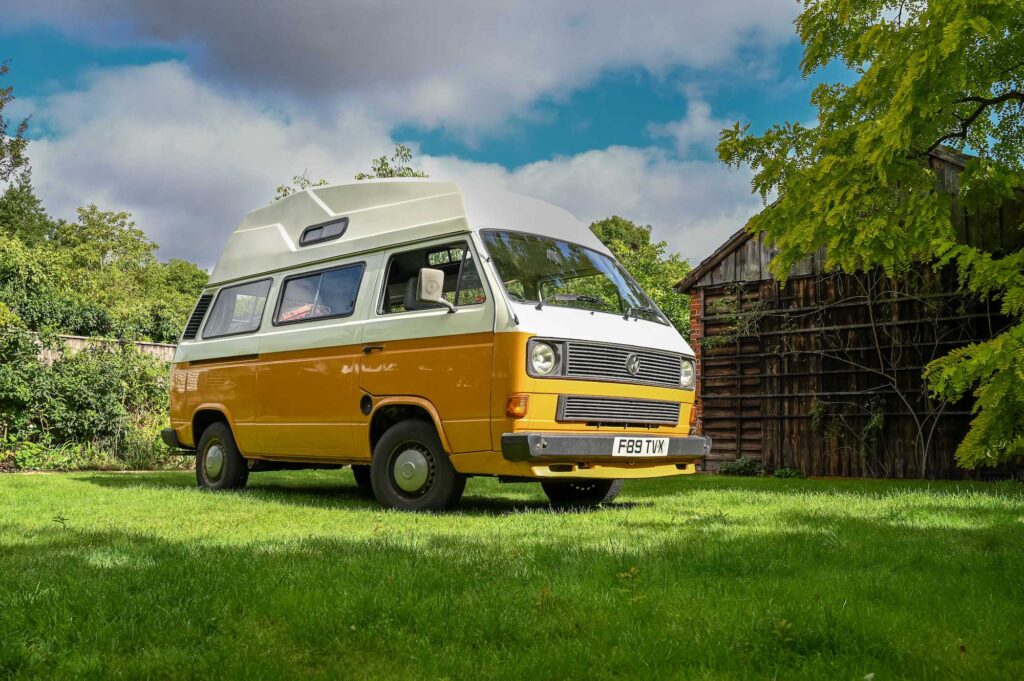
“I then drove it back taking photographs on the way,” he says. “That was the way I operated. As a travel photographer, I’m better on my own. When there’s all these other considerations, you miss the shots.
“I can remember a time when I was with Jane and we were outside St Emilion, a wine village near Bordeaux, and I thought ‘this is a nice shot, potentially, but the lighting’s no good at all’.
“I said to Jane ‘you’d better read a book for a little while’. But a little cloud wouldn’t cooperate and poor Jane had to read that book for a couple of hours, and I think she was pretty fed up by the end.
“So it may sound selfish but it’s just an illustration that you’re better off on your own so you can make up your own mind if your patience is running out or not.”
Robert would sometimes head to Spain and try to pick up a few commissions while he was away.
“Just a couple of jobs here and there would put enough money in the kitty to keep everything rolling along,” he says.
Living in London, from Putney to Hampstead and finally Oak Village, he would use a BSA 650 to get through the traffic, and the camper for assignments all over the country, using a full set of half inch Ordnance Survey maps.
“I was doing photography all around the British provinces, and then commuting back to London, and I thought ‘this is bonkers, I’m spending my time in traffic jams’,” he remembers.
“So I sold my house in Oak Village and came out here to Suffolk, still driving the old ‘72 camper.”
Time for a change
But after 17 years, it was time for a change.
“It was still in such good condition, but it was a bit underpowered and the traffic was moving along a bit faster by 1989,” says Robert of the 1.6-litre, air-cooled motor.
“So I sold it for a really handsome price and bought this, which has the bigger engine. I never drive it really fast but it does have acceleration, which is what you really want.
“If you’re driving along the highway at 50mph and there’s traffic you want to get by, you put your foot down and it really shifts off down the road for you. And it gots brakes! The old one you had to pedal like mad to get it going and then you had to stand on the brakes to stop it.”
Robert bought the T25 new in 1989 as a plain white panel van, with the 2.1-litre, fuel-injected Wasserboxer (water-boxer) engine providing considerably more oomph than the old 1.6-litre unit.
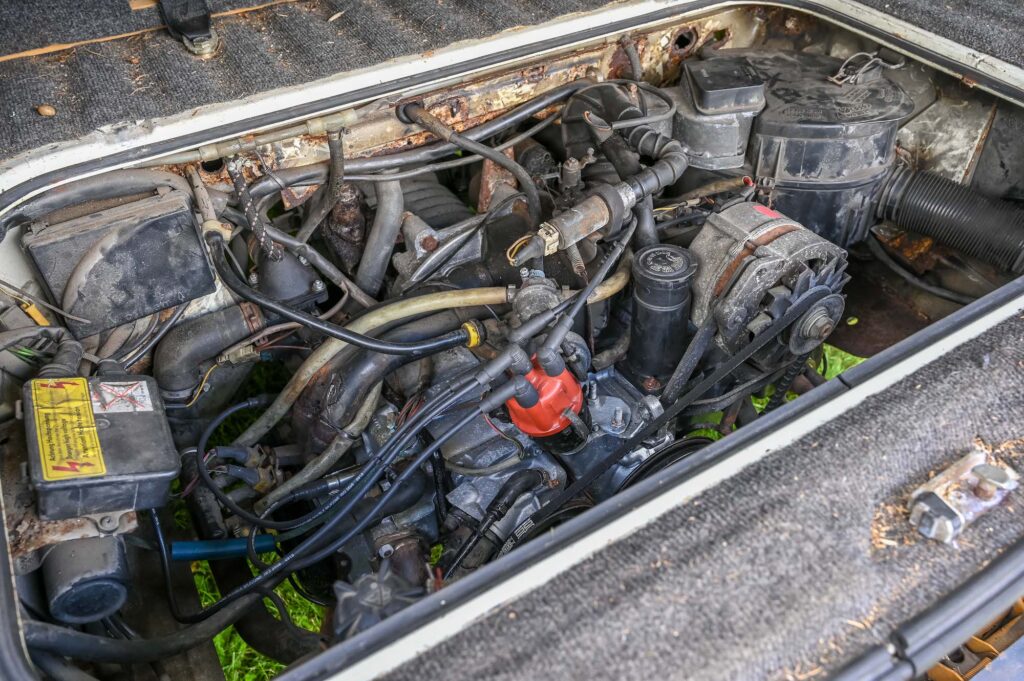
It was also more economical, its power more closely matching the vehicle’s requirements, and the fuel-injection proving more efficient.
From VW panel van to camper
Over a period of three or four years, the panel van was transformed into a camper, with window holes cut out and glass fitted, an interior with cabinets and a bed put together, and the addition of the high-top roof complete with Robert’s photography viewing platform.
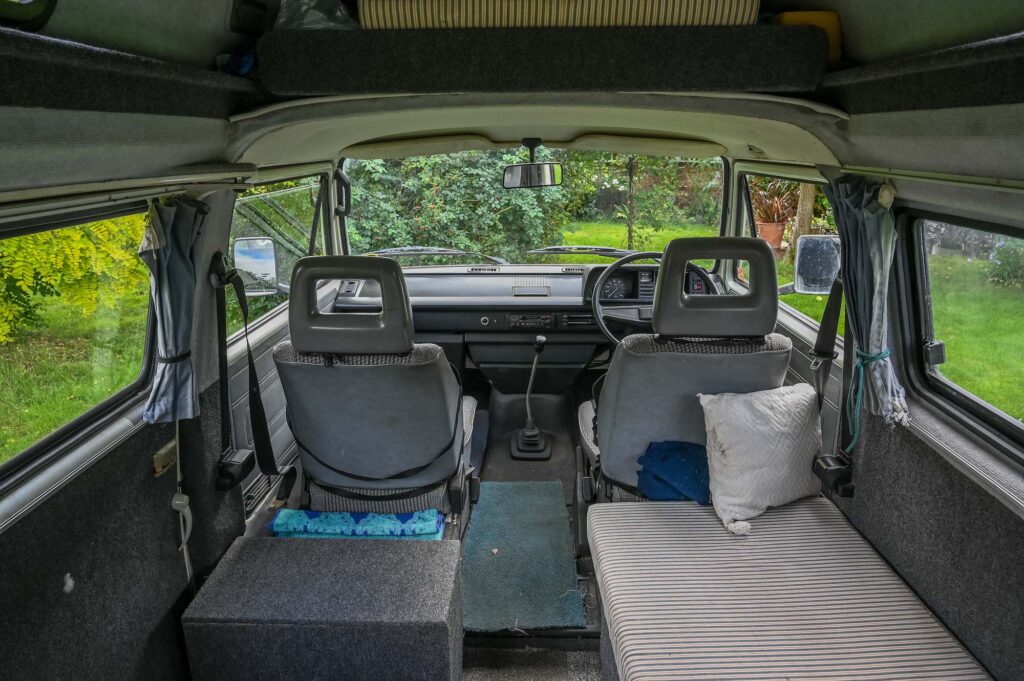
“You have to watch out with that roof,” says Robert, who is now 82, “because you can come unstuck.
“It’s 2.8m, and I gave it a tiny little graze in Paris, where you’ve got little underpasses with a sign up saying what the height is – but this one lied.
“It said 2.9m, but there was a little bit of a thump. It’s still there, just a little mark. It didn’t crack anything.”
Over the past 34 years, the van has covered more than 155,000 miles all over Europe and the UK, and provided the base for a range of photography assignments from Mediterranean resorts, rural landscapes, and Austrian ski resorts.
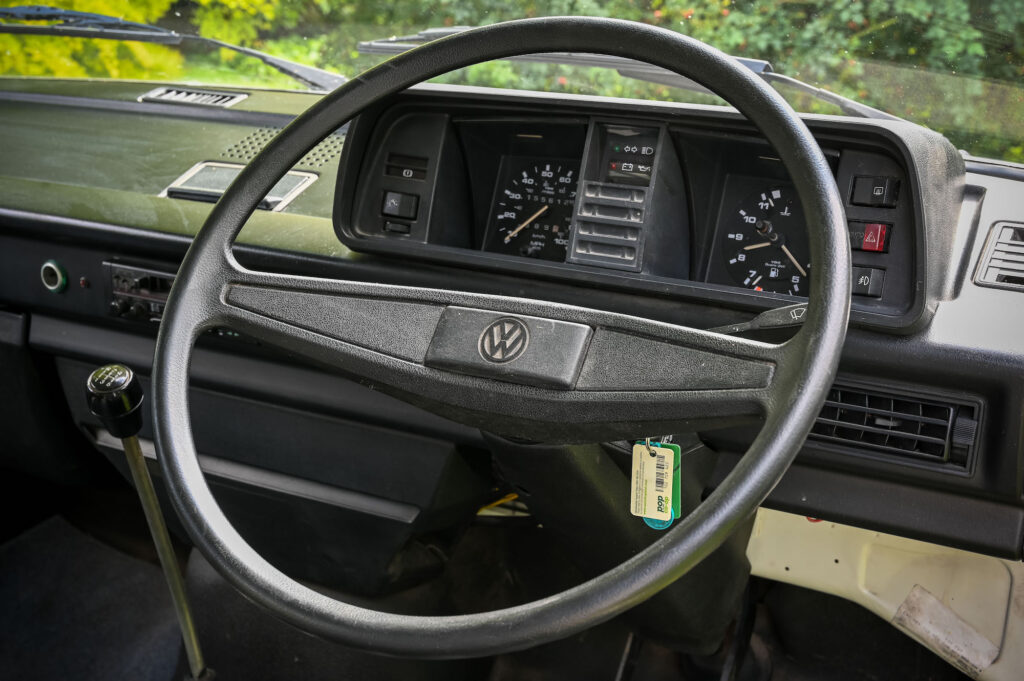
“I used to do work for a ski company, and this van has plenty of power to go up the hills in Austria,” says Robert, who would rarely use designated campsites, preferring to pick a spot close to his chosen photography subject.
“I can count on one hand the number of times I’ve stayed in campsites – aside from in France, where they have these ‘Aire de Camping’ areas on patches of land with facilities behind service stations for what they call the ‘camping cars’.
Photographing at dawn and dusk
“But in general I would just stop off here and there, someplace where there were end of day or dawn photography possibilities.
“You’ll find most photographers work better at dusk and dawn – the light is more angular.”
Having built up a significant archive of photographs, Robert eased off with the travelling to concentrate on marketing his work.
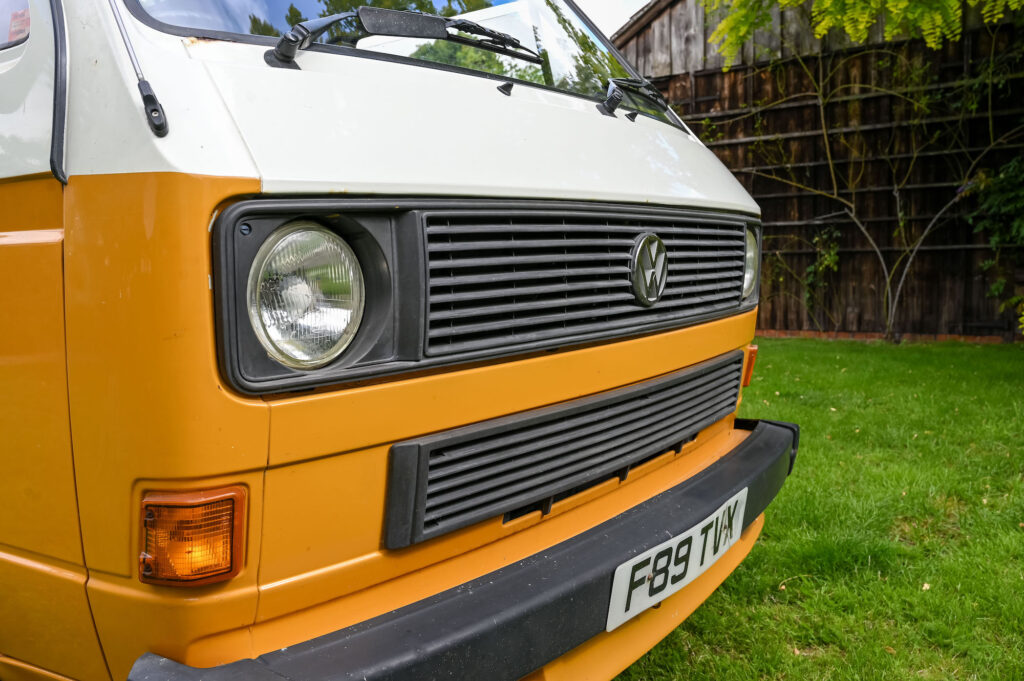
“I became more of a photo library than a photographer, and I had to be around to deal with all the enquiries I was trying to generate,” he says.
“It was pretty successful for a few years until Getty started buying everybody and Bill Gates set up a rival company, Corbis. Bit by bit they pretty much destroyed the stock picture business for the smaller libraries because people could get better deals with them.”
Not that the Volkswagen has been idle.
“I still take it out and take pictures a little bit, but it hasn’t been used in that way very much for five or six years,” says Robert.
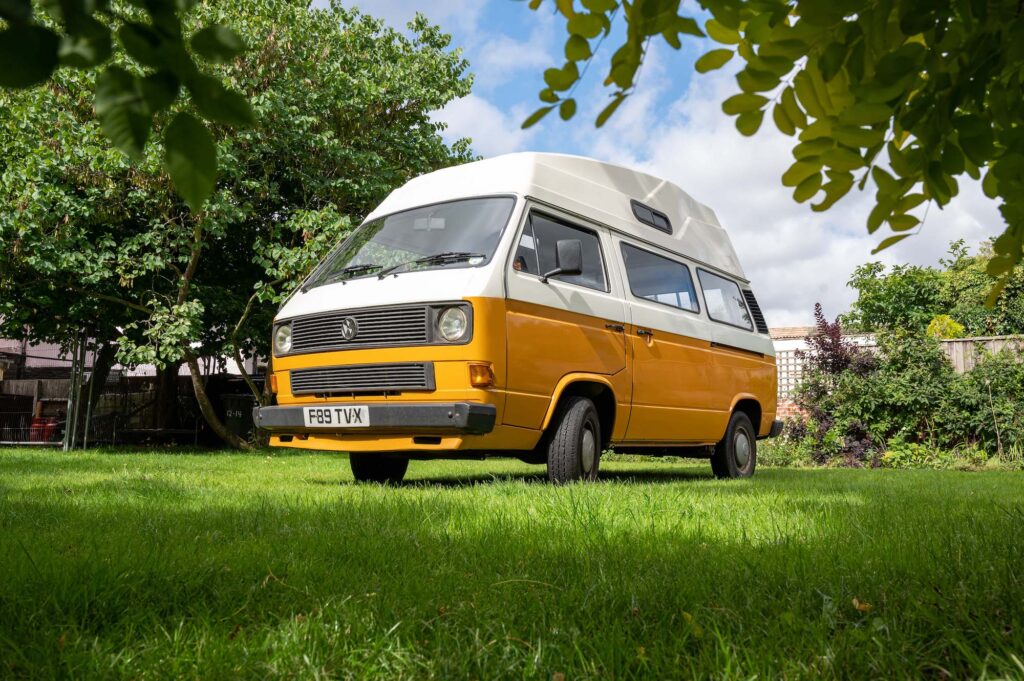
“We had a second house on the Norfolk coast near Cromer for about 10 years, so it made an awful lot of trips up to north Norfolk – it was very handy for that.
“It’s also useful for transporting Jane’s large canvas paintings around to exhibitions. We haven’t gone that far, though we did go to Bath once.
“And you’d be surprised at how much furniture we’ve moved around in it.”
Change to Sierra Yellow
You’ll note that the van is Volkswagen Sierra Yellow, and no longer white, a change that was made only a few years ago.
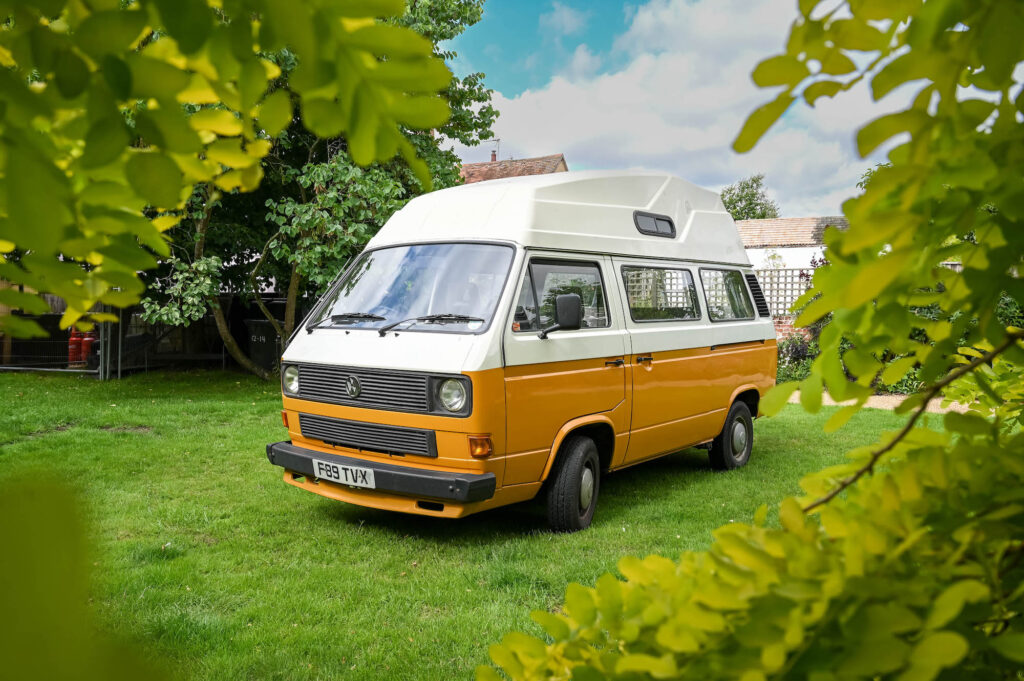
“There were some bits of rust here and there, and it was looking a little bit rough, so I had to get it sorted out,” says Robert. “I always liked that colour combination, and I found a guy who was a retired panel beater but, as he said to me, ‘what am I going to do, watch television every afternoon?’
“He went to work and it took him a week or 10 days, and he did a good job.”
Just as the body needed work, so too the well-travelled engine, which suffered a head gasket failure within the past year.
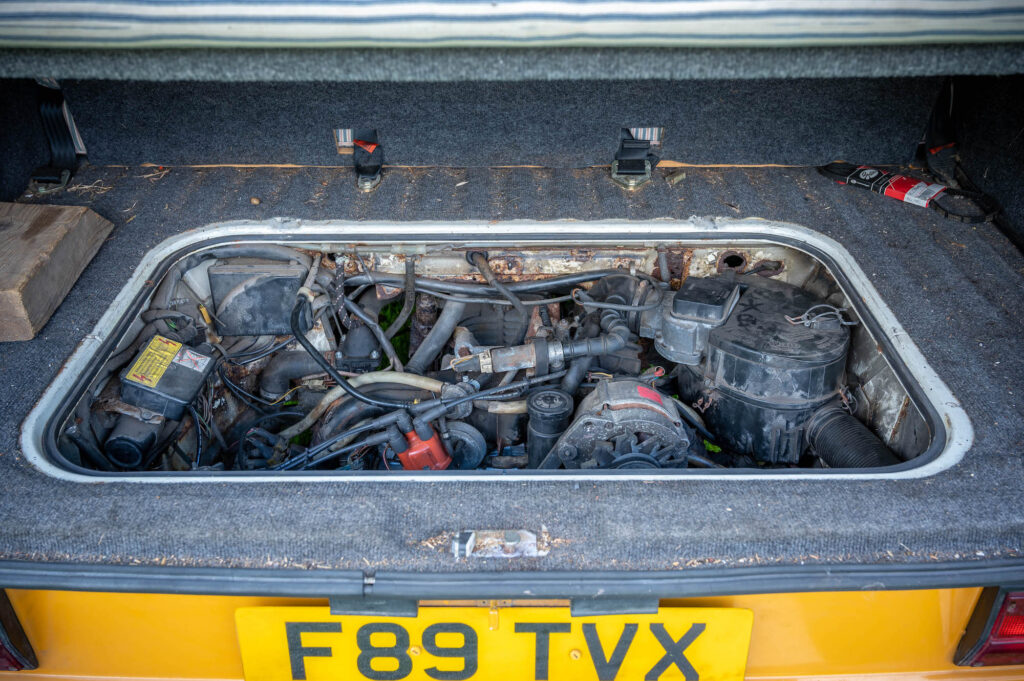
“One of the weaknesses of that engine is that they slapped a water jacket round what was an air-cooled engine, and I don’t think they got the head gaskets quite right,” says Robert.
“I had a nasty incident driving back from Ipswich, about a mile and a half from home. I just felt something that didn’t feel quite right, a slight roughness.
“I looked in the mirror – aha, clouds of blue smoke coming out the back, ‘this is not good, I’d better stop quickly’. I had a look and there wasn’t any coolant in there, then pulled the dipstick and it came out looking like mayonnaise.”
After topping up the coolant, Robert limped home without seizing the engine, and found a local VW specialist to rebuild the engine.
“I knew a guy who fixes combine harvesters, but also really knew his way around Volkswagens,” he says. “He reconditioned the engine and now it’s running just fine.
“I don’t think 155,000 miles is that much really. If you had that vehicle doing the job it was built for as a delivery van, some people would do that every couple of years.”
Volkswagen T25 is staying put
As for the future, Robert is happy to keep the T25, despite multiple offers over the years.
“I’ve had quite a lot of people say to me ‘if you ever want to sell that, I’ll take it off your hands’,” he says. “Maybe one day I’ll weaken, but it’s an old friend, it runs, and it serves our purposes.
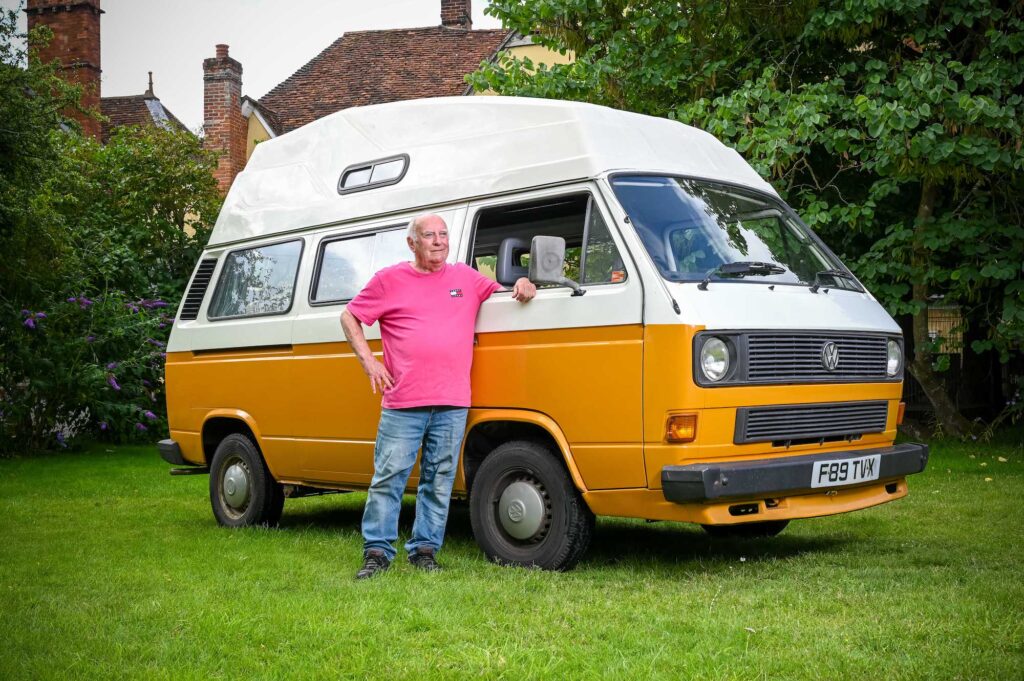
“I’m not actually sentimental about cars, but 34 years is an awfully long time to have a car. Some people get bored, but if I sold it, what would I do? I’d get another one, and that’s better than most of them around, so why not keep it?”
